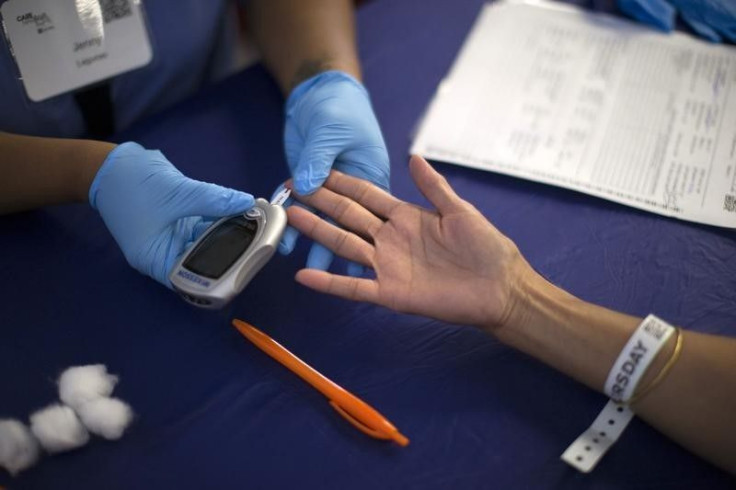Type 2 Diabetes Costs The Most In The US, But It's Taking A Financial Toll In Lower-Income Countries, Too

What’s the true cost of living with type 2 diabetes?
Researchers from the University of East Anglia (UEA) teamed up with researchers from the University College London and the Centre for Health Economics at the University of York to analyze 109 prior studies on the economic impact of diabetes. The analysis focused on both direct costs of the disease — from doctor visits to lab costs for tests — and indirect costs, including lost work due to illness. While costs vary wildly worldwide, they found people with diabetes in the United States face the highest health care costs; the estimated lifetime cost is $283,000.
“Diabetes affects 382 million people worldwide, and that number is expected to grow to 592 million by 2035,” Till Seuring, lead researcher from UEA’s Norwich Medical School, said in a press release. “It is a chronic disease that has spread widely in recent decades — not only in high-income countries, but also in many populous low- and middle-income countries.”
Seuring added two-thirds of all new cases are now reported in low- and middle-income countries, such as China, India, Mexico, and Egypt. Researchers suggested these countries are “worst off because the economic burden on their livelihoods is much greater.” Government and public health insurance budgets are burdened more in high-income countries, whereas individuals with diabetes and their families are burdened more in low-income countries due to limited access to health insurance.
The results also showed type 2 diabetes reduces people’s chance for employment and income around the world. Globally, men have a less chance for employment than women, though these chances for women decrease by almost half in the U.S.
Researchers found economic burden of diabetes increases over time, emphasizing early investments into prevention and disease management in rich countries may be more crucial than ever. In particular, Seuring said it should “make health and economic policymakers in developing countries aware of the economic damage that diabetes can do.”
Just last week, the American Medical Association and the Centers for Disease Control and Prevention (CDC) launched a new projected called “Prevent Diabetes STAT: Screen, Test, Act—Today.” According to their website, the project means to “sound an alarm about prediabetes,” which is required to prevent type 2 diabetes in the U.S. The project will focus on individuals with pre-diabetes, as well as the systems and communities where patients live, work, and play.
This project is an extension of the CDC's National Diabetes Prevention Program, which proposes evidence-based lifetyle interventions for preventing type 2 diabetes.
Source: Seuring T, et al. The economic costs of type 2 diabetes: a global systematic review. PharmacoEconomics. 2015.



























